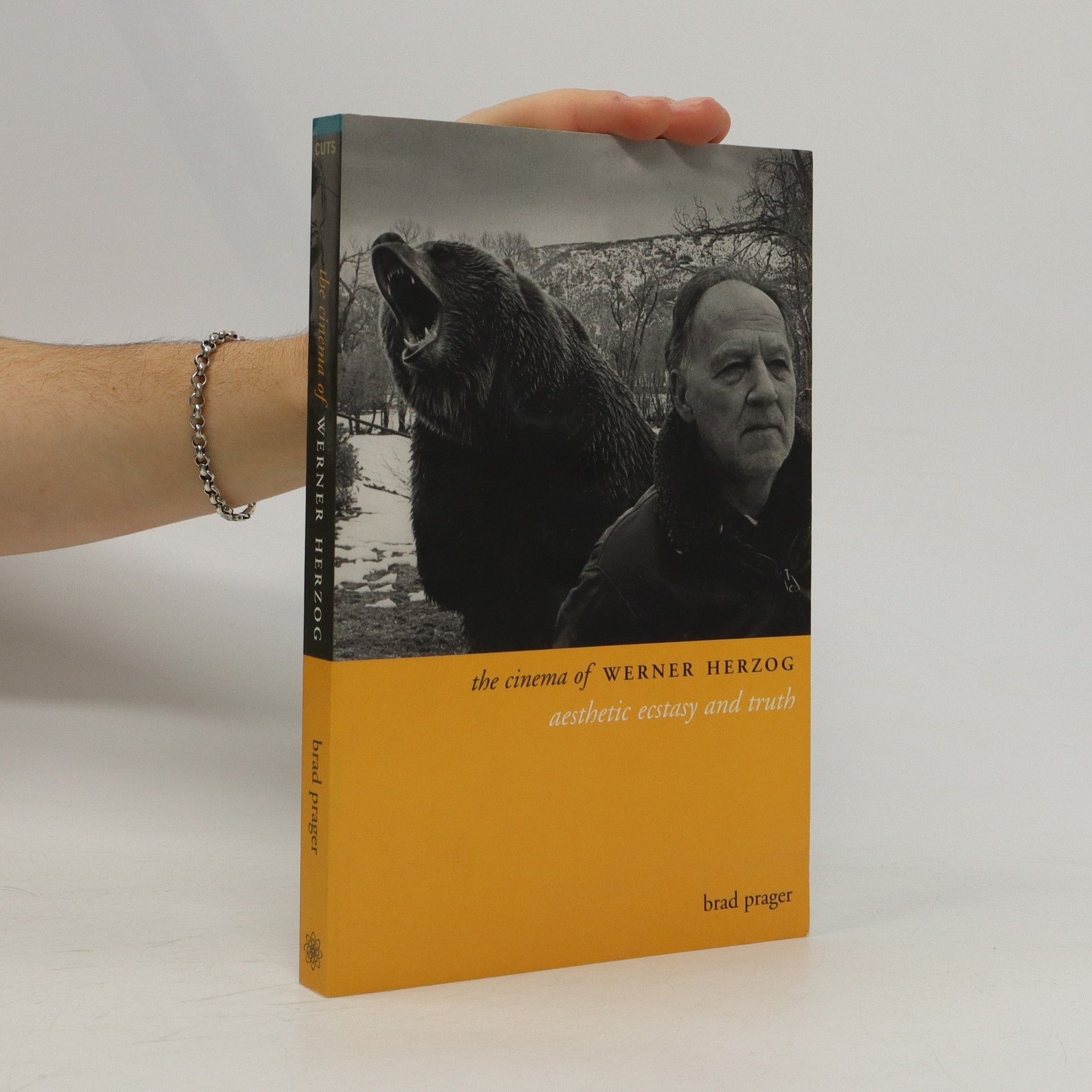The Cinema of Wim Wenders
- 192 pages
- 7 hours of reading
"The Cinema of Wim Wenders" is a new study of the films of this most prominent of German directors whose films include "Kings of the Road"; "Paris, Texas"; and "Wings of Desire," The book analyzes a preoccupation central to all of Wenders' work and writings: why modern cinema, a recording art solely composed of sounds and images, has so naturally developed into a primarily narrative medium, a domain traditionally associated with words and sentences. This book identifies and critically elucidates Wenders' chief artistic motivation: that the act of seeing can constitute a creative act in its own right.




